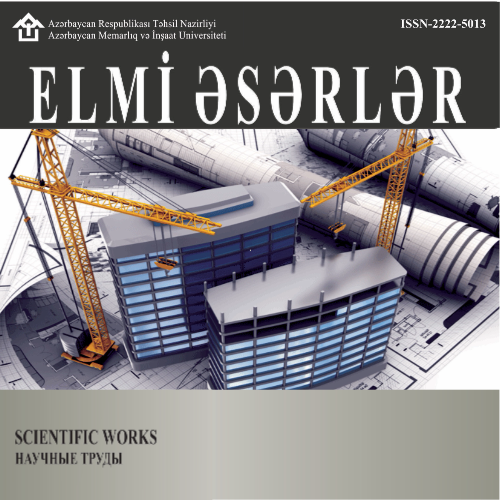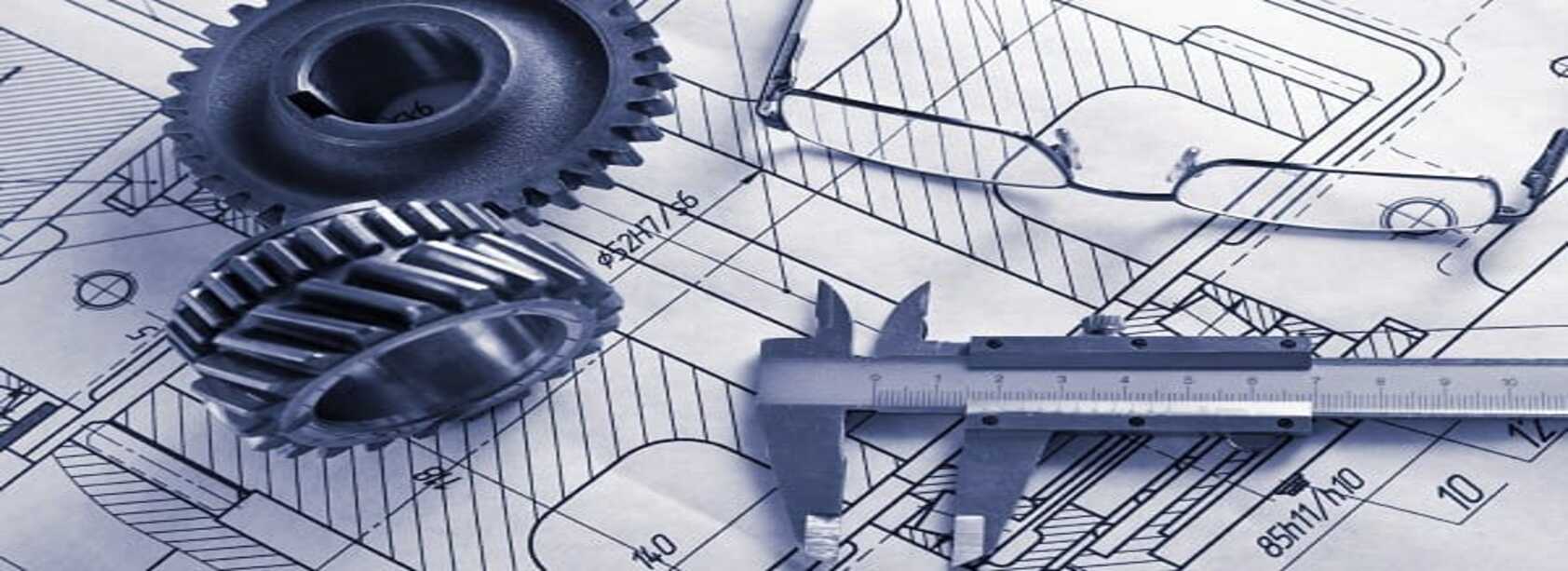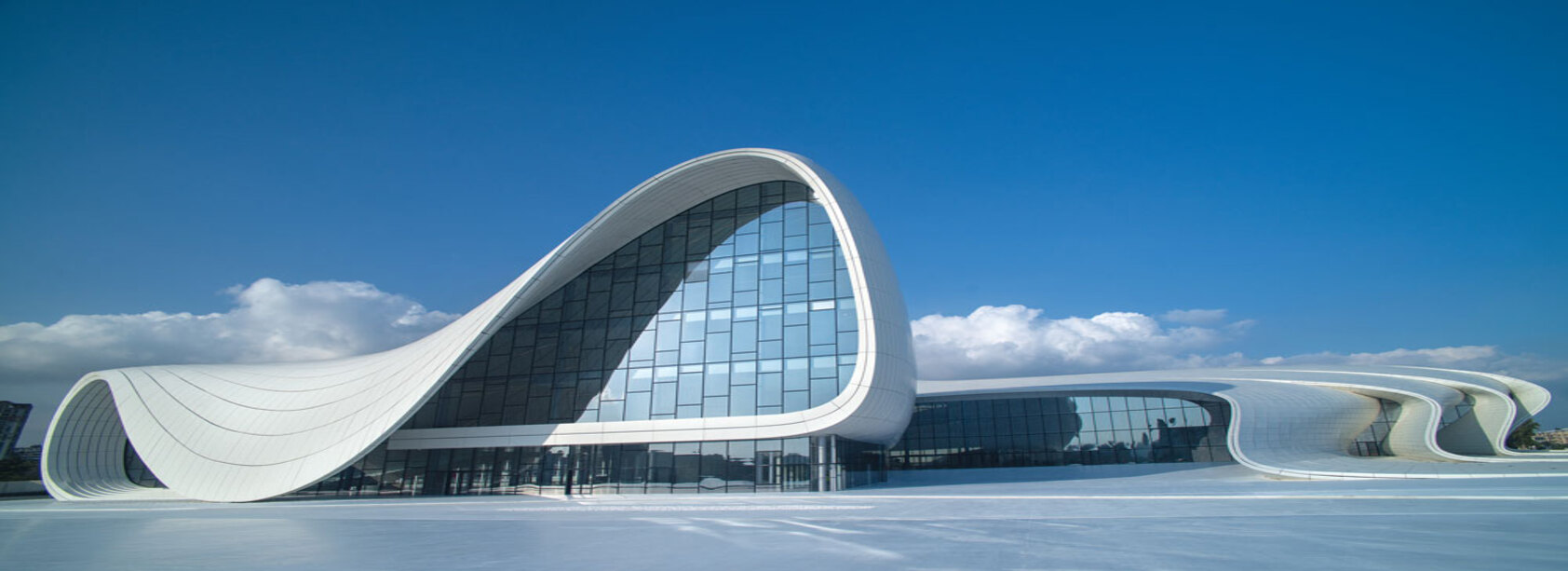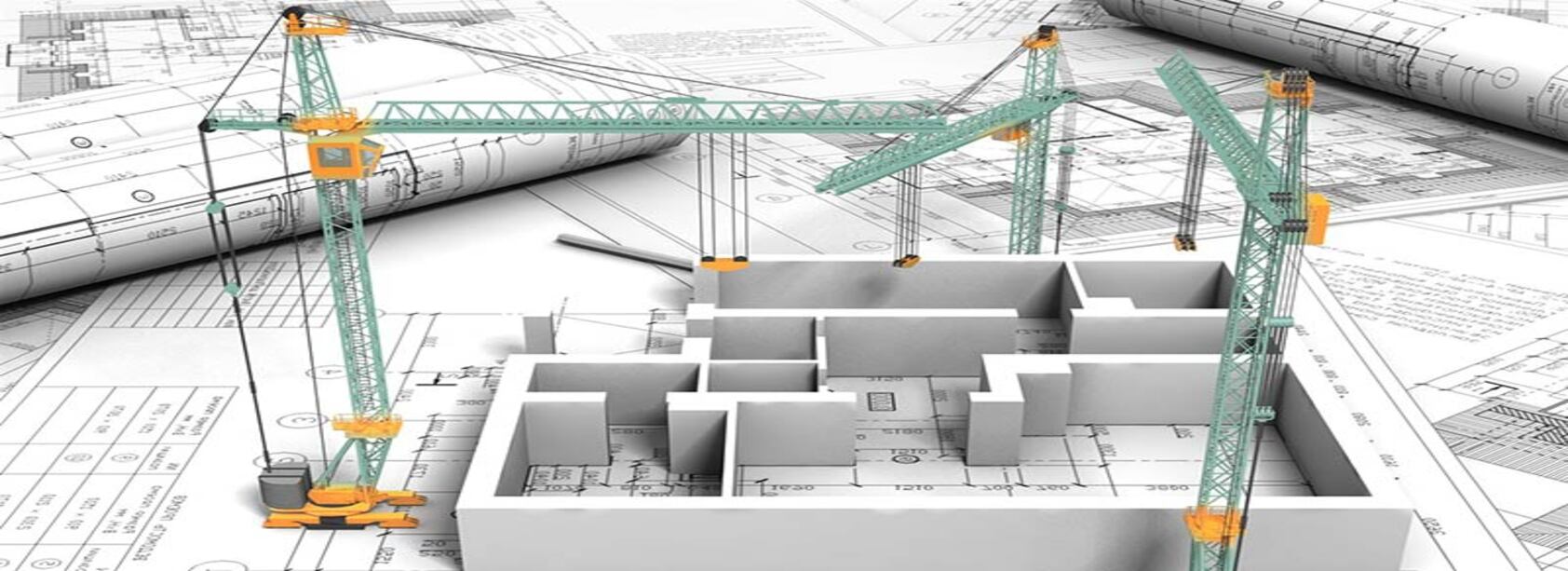
https://doi.org/10.58225/sw.si.2022.1.107-116
CULTURAL AND ARCHITECTURAL HERITAGE AMONG THE PROJECT OF CONSERVATION, ENHANCEMENT AND LOCAL COMMUNITIES’ IDENTITY
Lombardini Nora- ass.prof., Conservation and Restoration of Architecture, Politecnico di Milano, dept A.B.C Milano
Abstract. The safeguarding of cultural heritage and, specifically, architectural heritage, as an expression of cultural identity, means the defense, as the Faro Convention argues, of human rights and is part of the concept of democracy. Therefore, there is a need for a collective participation in its protection and enhancement which concerns not only the governing bodies but also the communities that identify themselves in cultural heritage (Faro Convention, 2005). Governments have, in fact, the duty to interface with communities guaranteeing them the care of everything that can help to create "understanding, identity, cohesion and creativity". It is evident that the extreme difficulty of implementing this process is answered by adopting all the most suitable tools for safeguarding the cultural good itself (Treccani, Item: Identità). The idea of protection is linked to the awareness that cultural heritage, and the architectural one, belongs to every people and this assertion assumes that it is not really the people, but the government is the guarantor of the people who take in care the protection of the goods which is awarded with universal value.
Keywords: Cultural heritage, Conservation, Identity, Stakeholders





